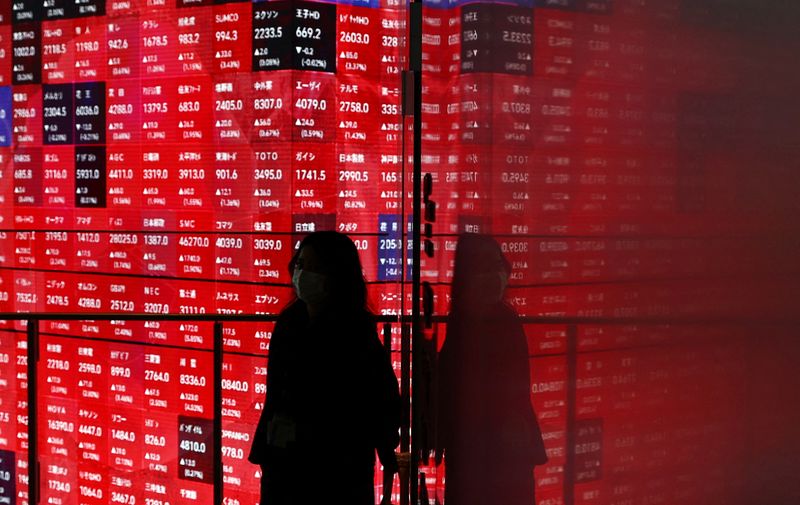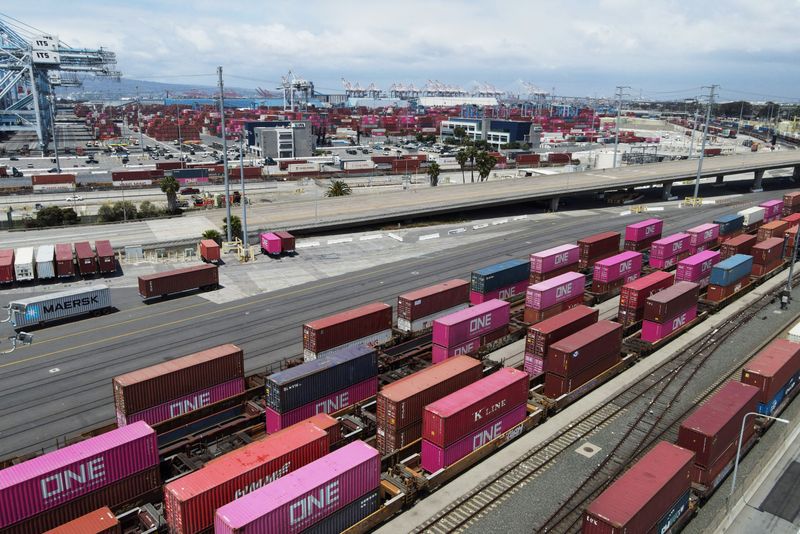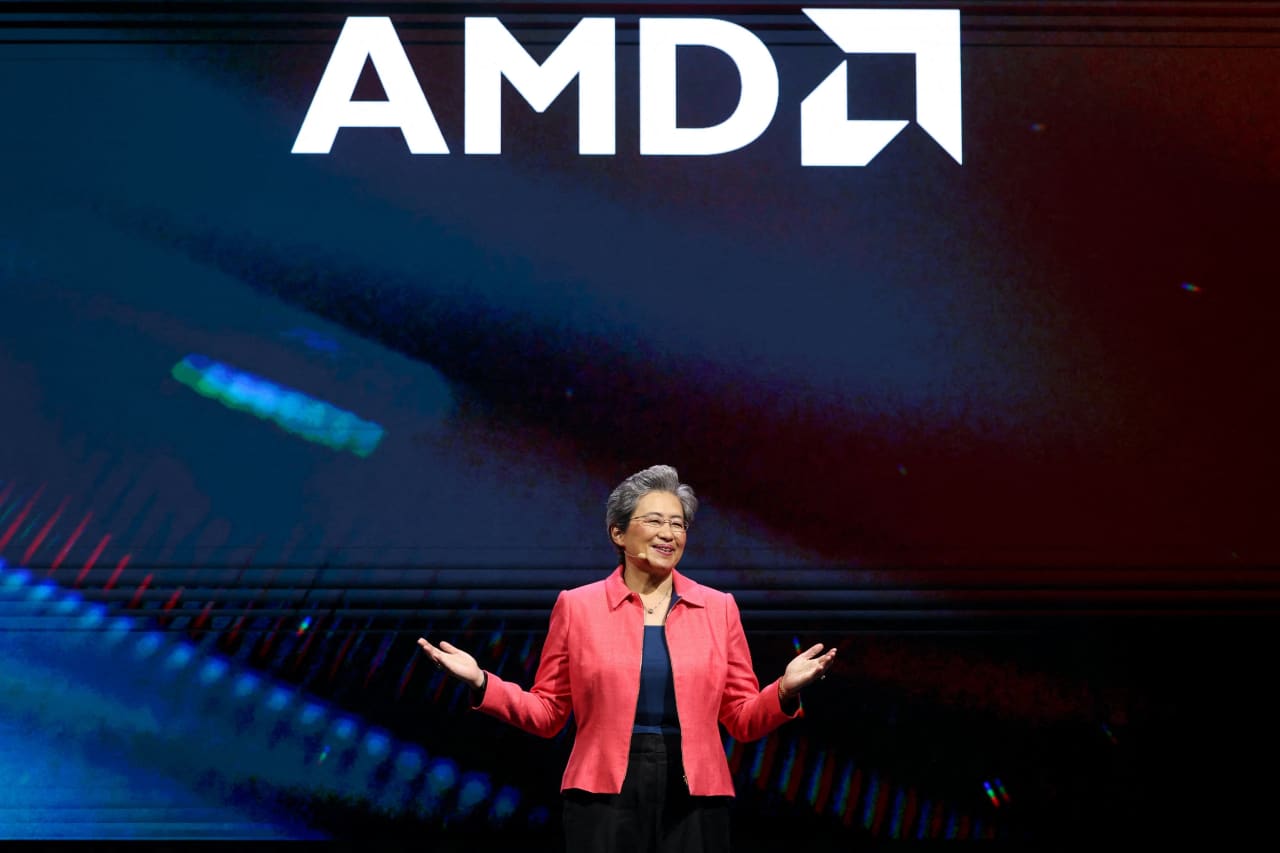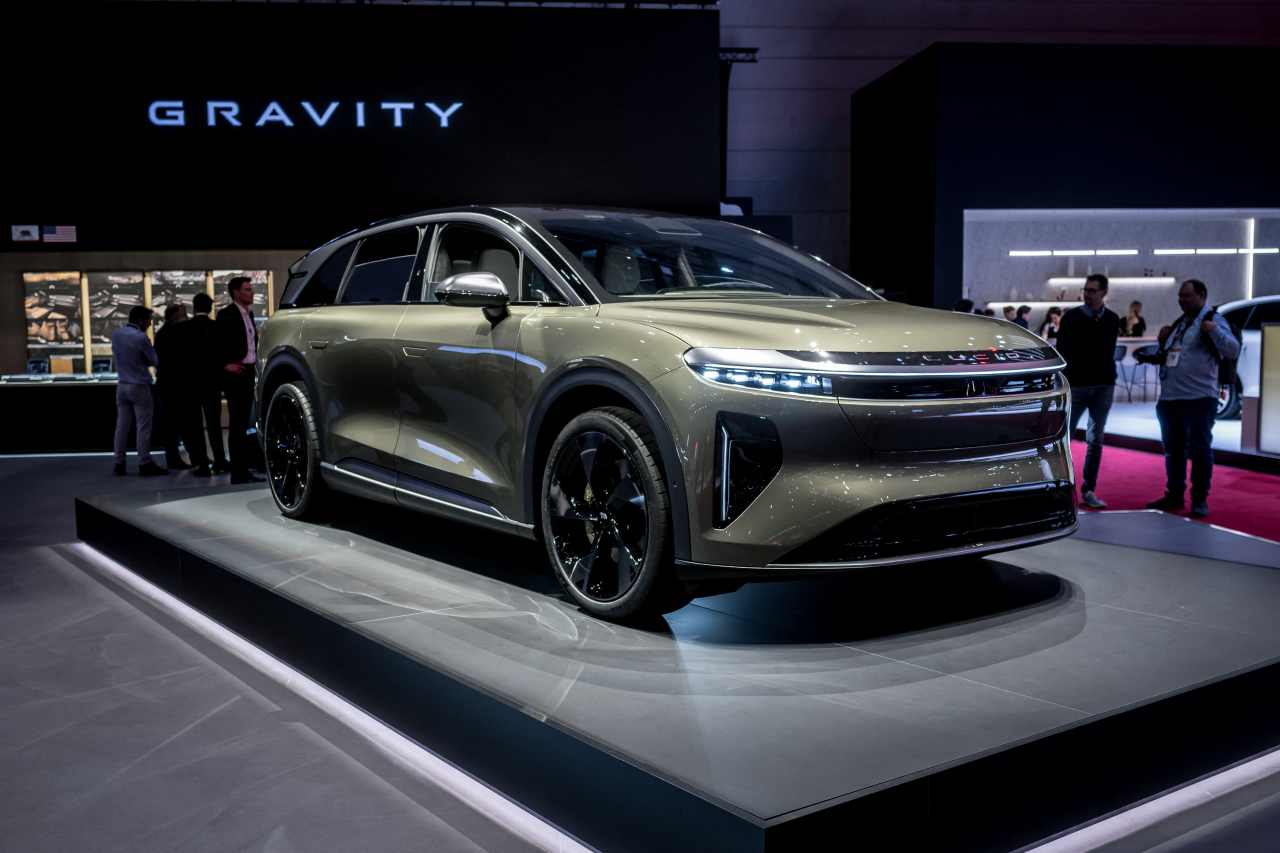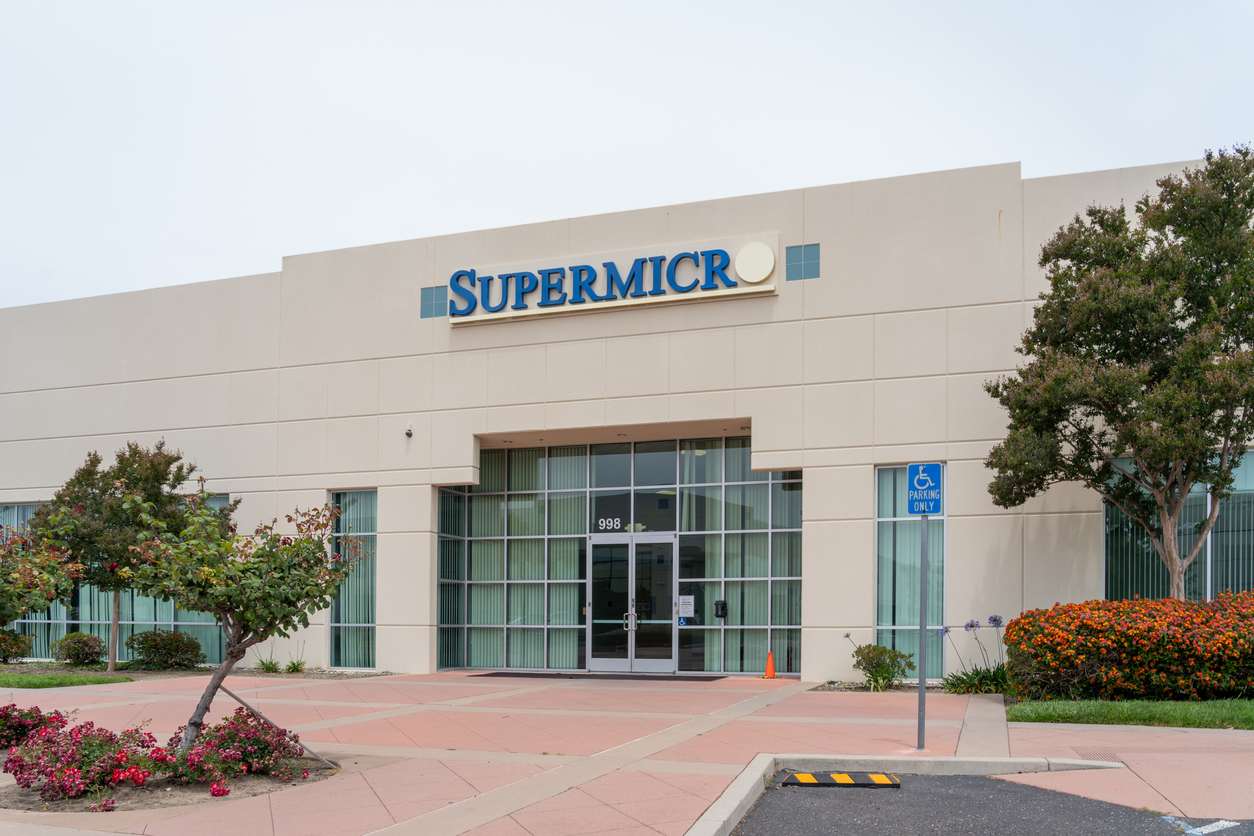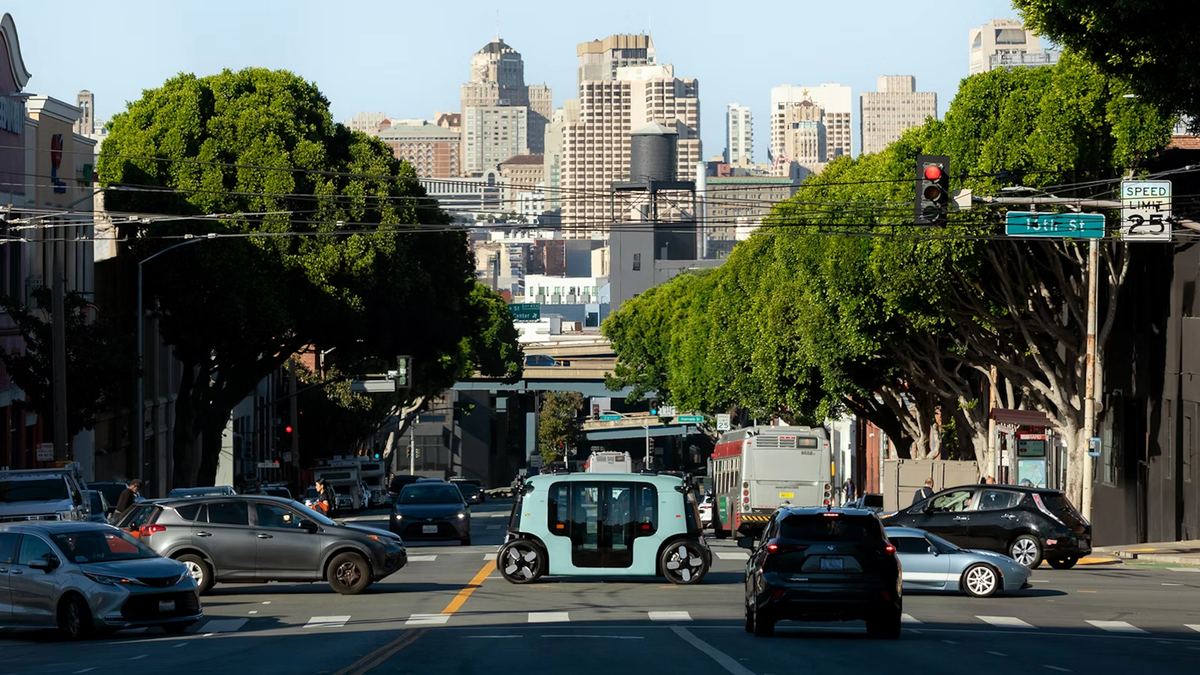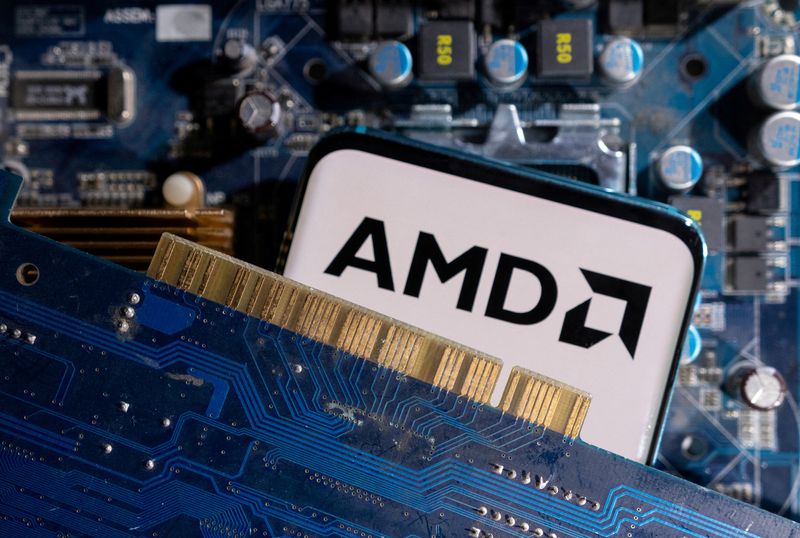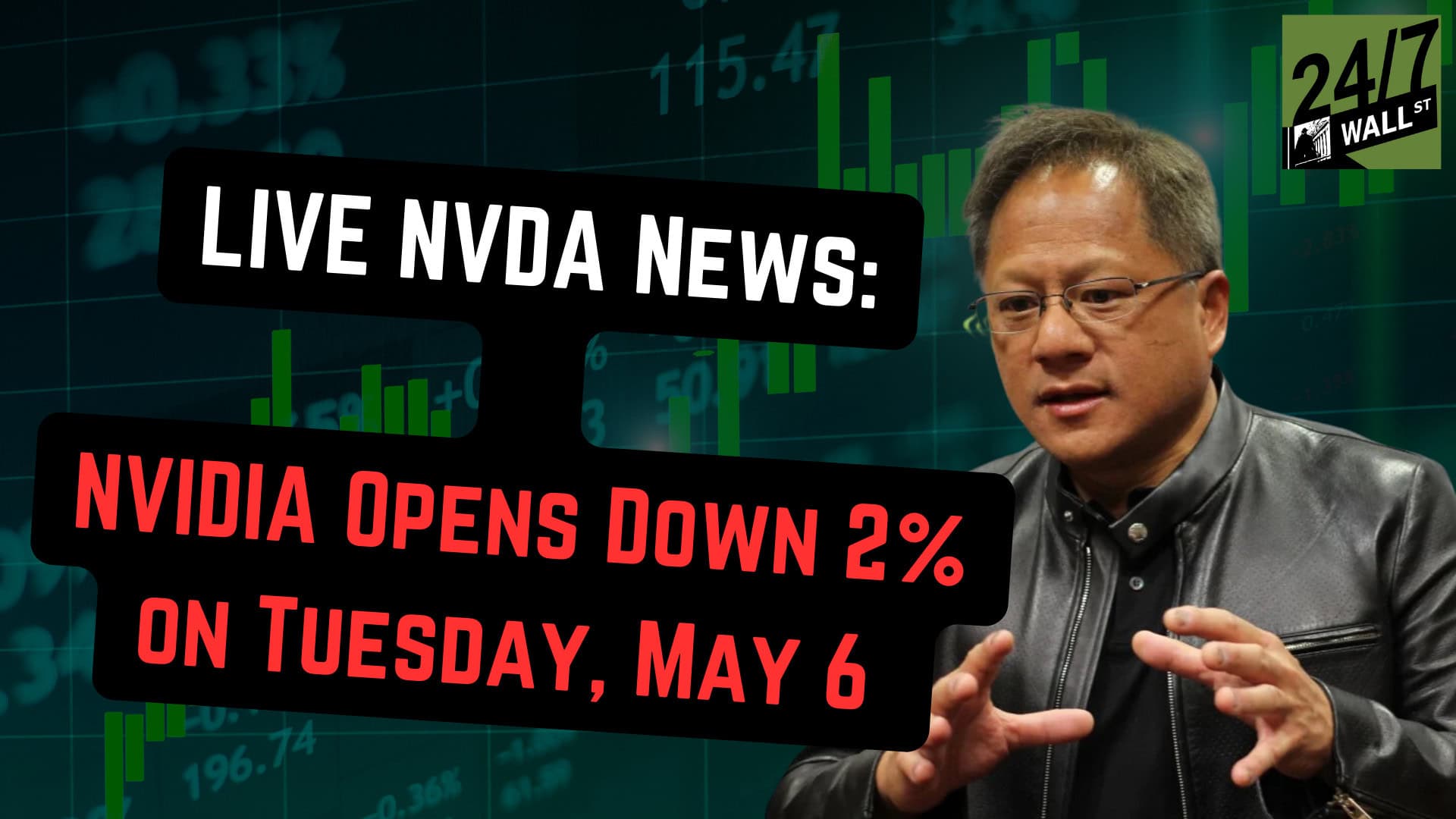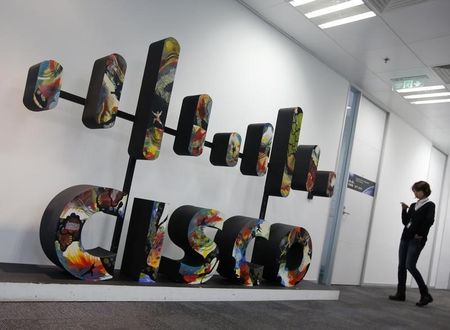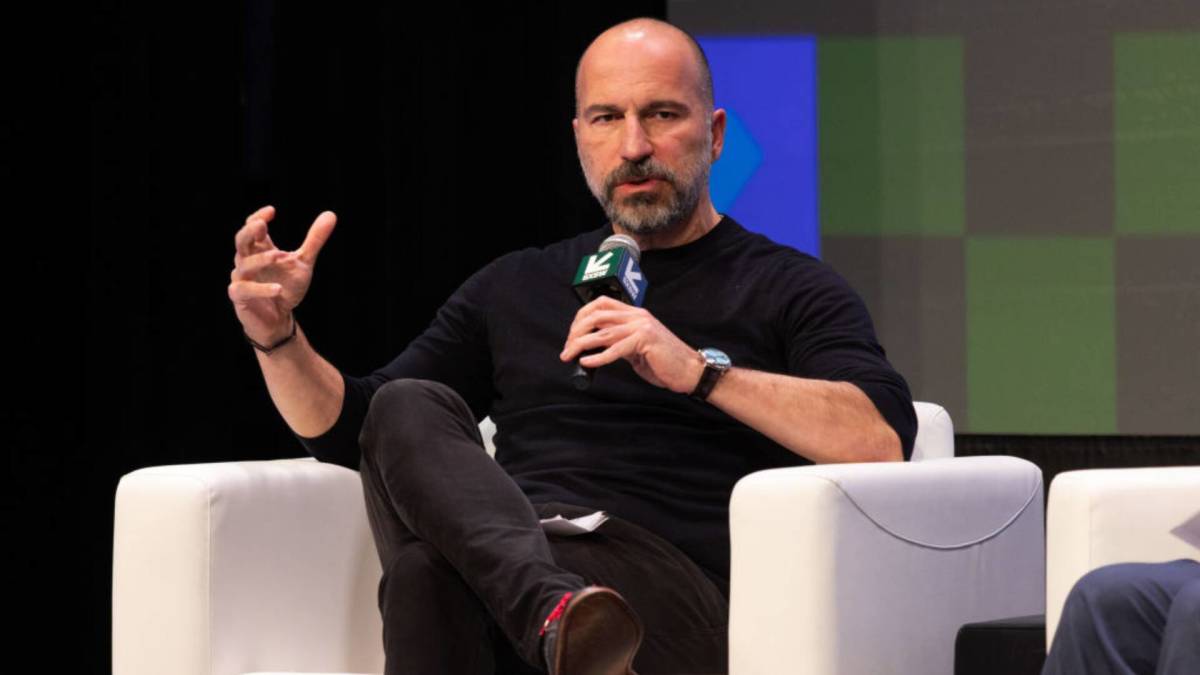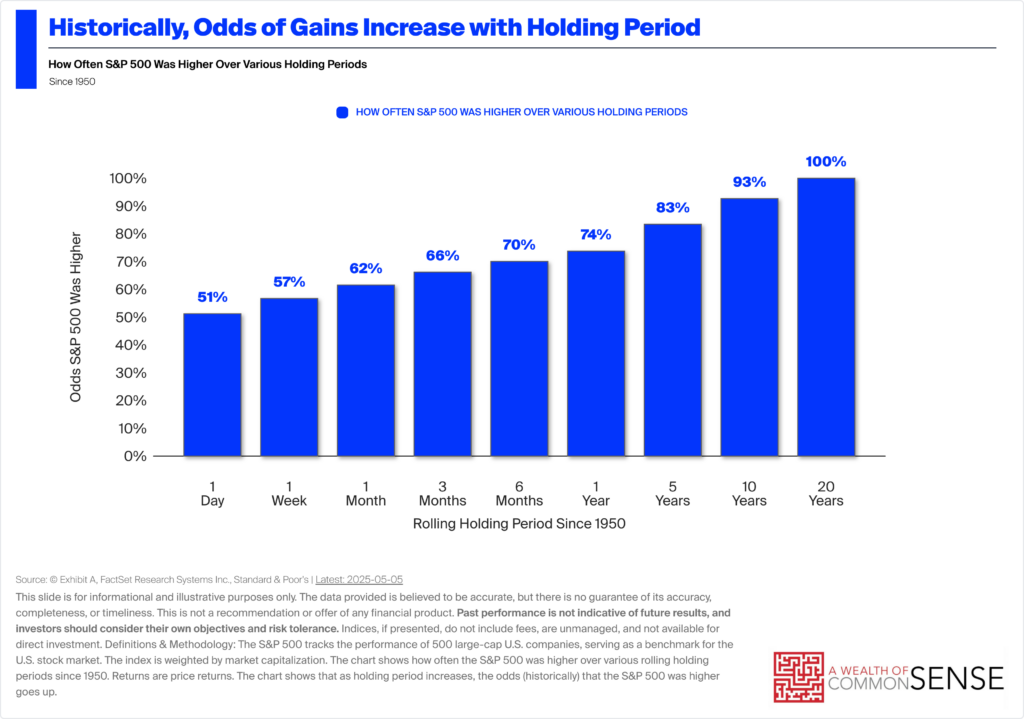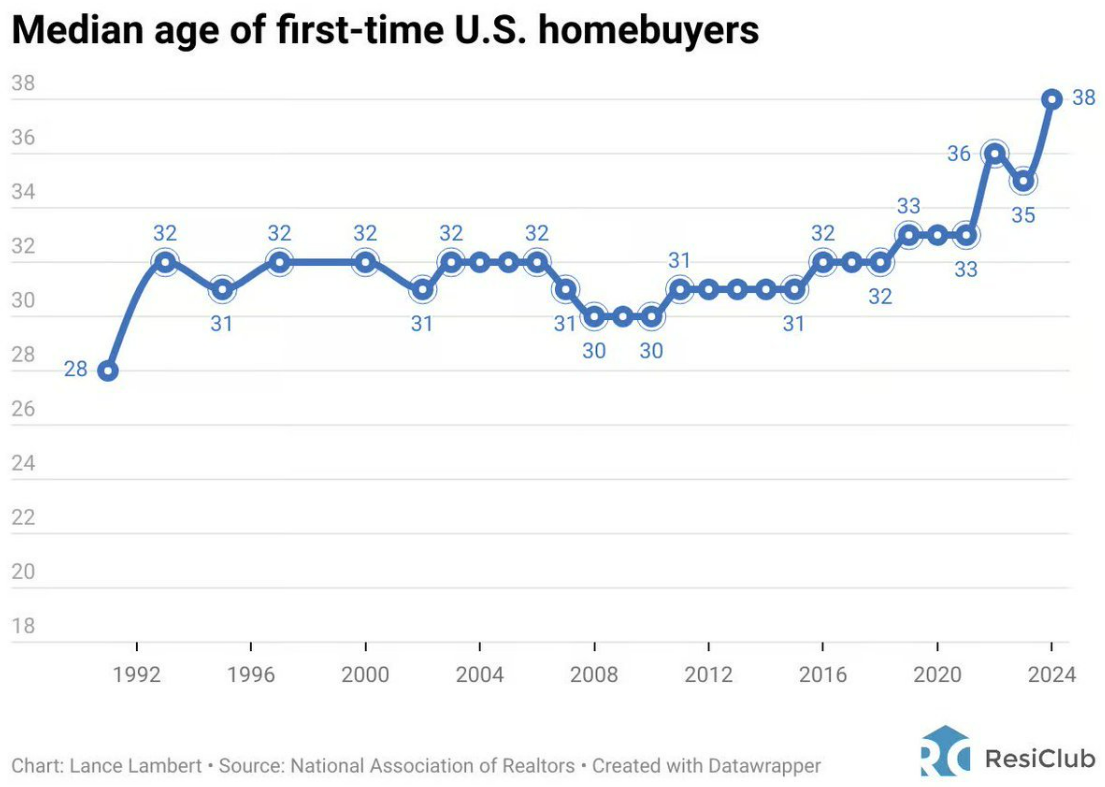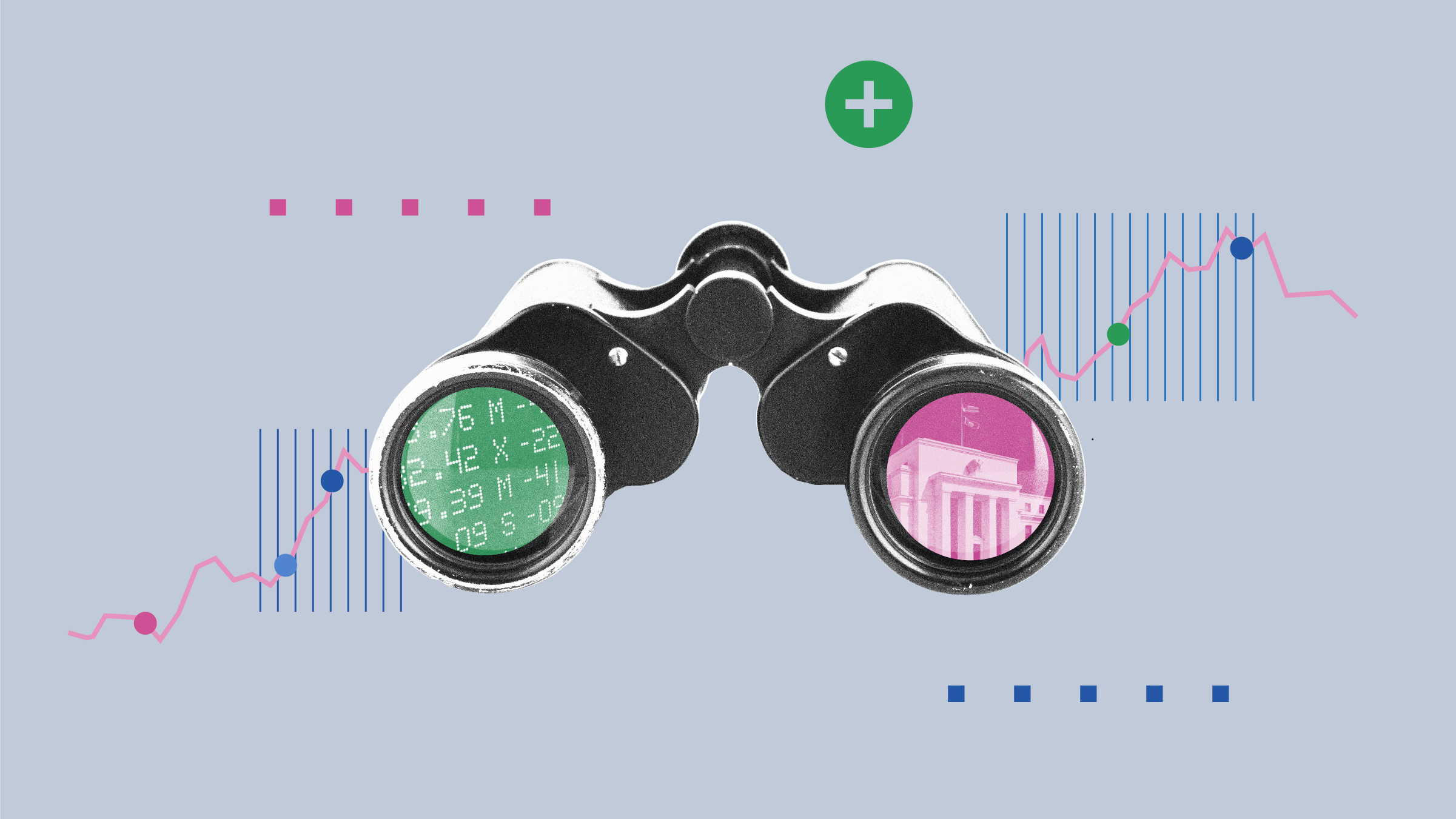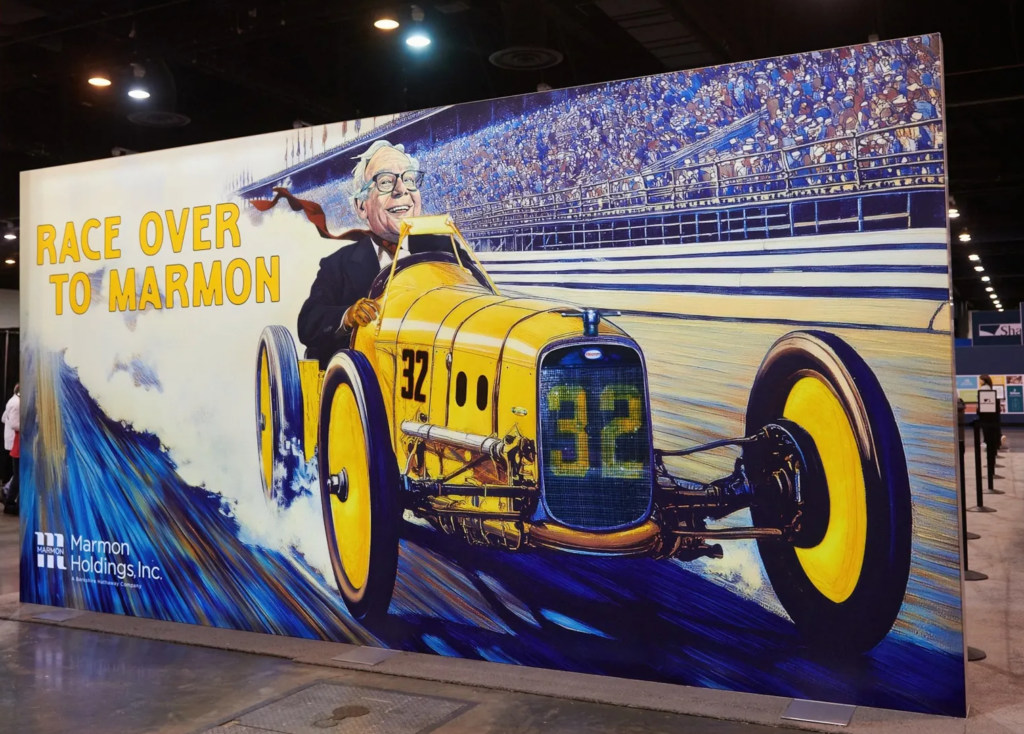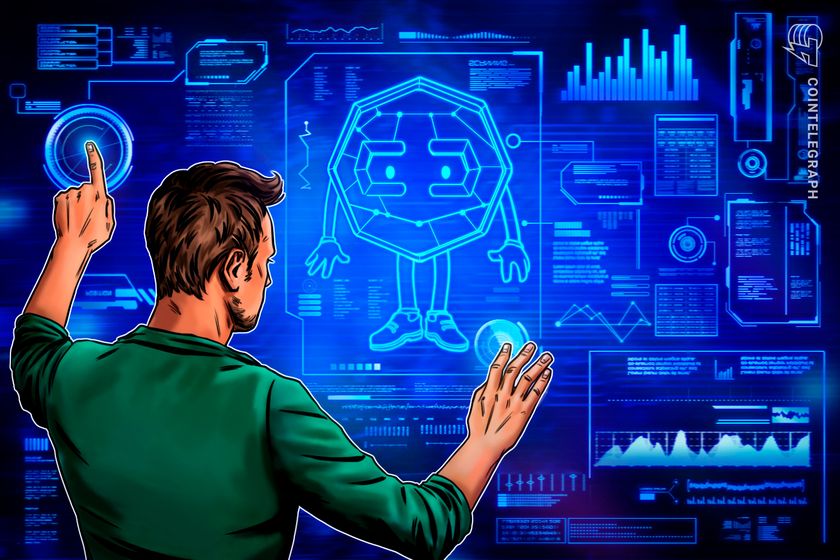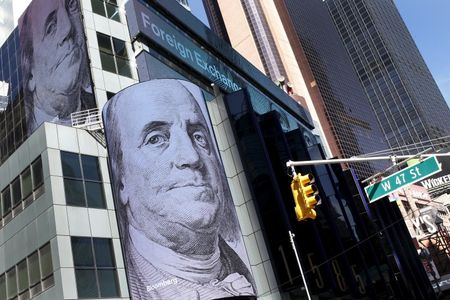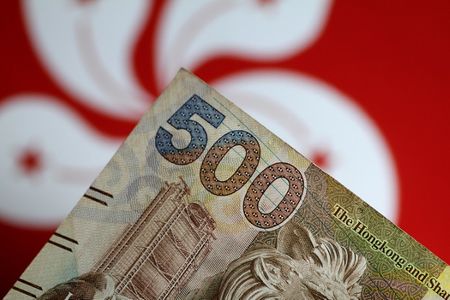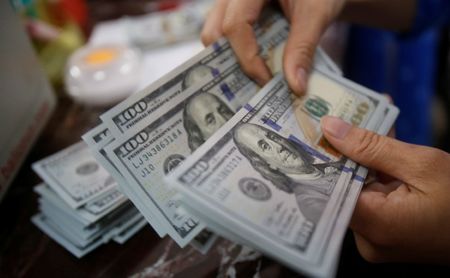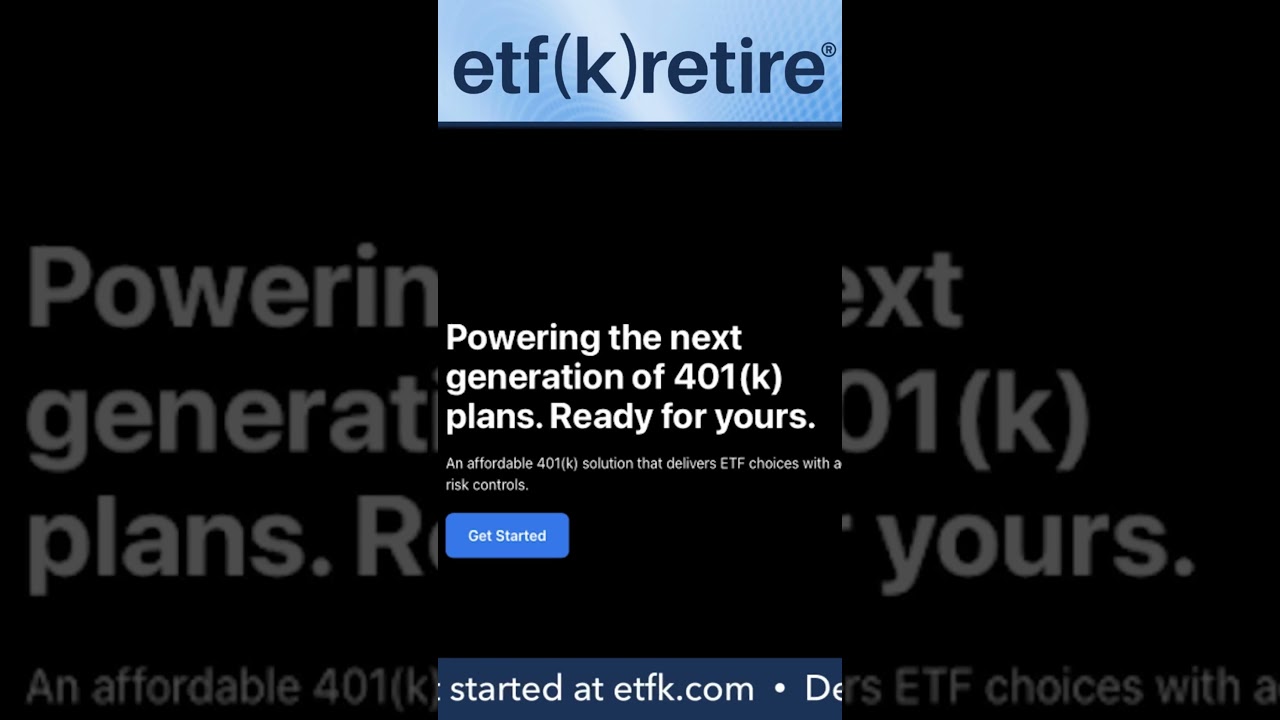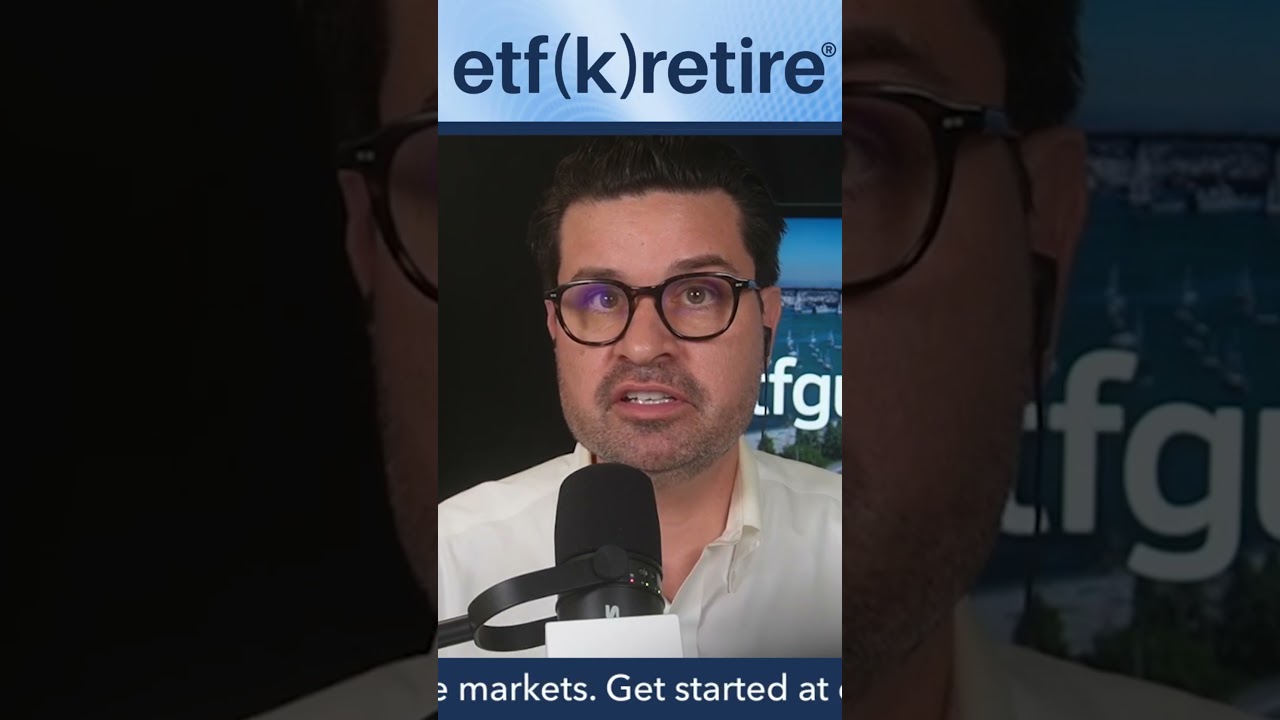Walmart is winning fashion because it uses AI to produce clothes 4 times faster than the industry standard
The technology is radically shortening the production process from the industry standard of around six months to six to eight weeks.

Walmart has taken on a hot new designer in its fashion division: generative AI.
The retail giant last month revealed a new proprietary tech solution called Trend-to-Product, which uses AI and generative AI to scrub the web for trends and come up with new styles. The technology is radically shortening the production process from the industry standard of around six months to six to eight weeks, according to the company.
As Walmart explained on its website announcement, the tech synthesizes internal data with a mix of external inputs, such as social media posts and videos from runway shows and red carpet events. This, it says, allows for cutting back on the time designers spend researching and conceptualizing a new product: rather than human designers assembling a mood board replete with names, colors, and textures, AI is generating boards and other reference materials at the click of a button.
The whole ideation process now takes less than an hour, according to the company.
“Trend-to-Product empowers our private brand design and product development associates to spend less time chasing trends and more time doing what they love most—creating and delivering high-quality, on-trend items for our customers for every season and occasion,” Jen Jackson Brown, SVP for apparel brand and design in Walmart US, said in a statement.
As Walmart noted in the announcement, speed is becoming a competitive necessity in fashion. With e-commerce platforms such as Temu and Shein speeding up the time it takes for new products to come to market, the company said that “when it comes to sensing trends and designing to meet them, competition is fierce.”
- To cite another example: Target is also cutting back on its go-to-market time. Chief Merchandising Officer Rick Gomez said at the NRF Big Show earlier this year that operational changes inspired by the speed of social media-fueled fashion trends have made it possible to get a new apparel product on shelves in as few as eight weeks.
In addition to faster go-to-market times, more on-trend products are going to improve sell-through, reducing inventory levels, according to Walmart.
High velocity product development: The introduction of AI into product development is gaining momentum outside of Walmart, according to Tucker Marion, associate professor at Northeastern University’s College of Engineer and co-founder of Ada IQ, a developer of AI tools designed to assist product development–and speed is at the center of the value proposition.
“We know that the adoption of AI is going to reduce the time to market of designing products,” he said. “We already have evidence of at least a 30%-50% drop in the time of designing a product, and that's going to accelerate.”
He says that AI will soon be so embedded in the production process that customer data will be attached to every design decision. Want to add a curve or a fin to a car? AI will help make that decision by referring to data on customer preferences.
In order to do make those design choices, Marion said that “you need models that are trained on your data, your brand, your brand DNA.”
While Marion says this kind of technology doesn’t yet exist exactly—thought it could be coming soon—Walmart did say it’s cross-referencing AI-generated content with in-house data and that humans remain in the driver’s seat when it comes to making major decisions.
Now it’s weighing other applications beyond fashion for Trend-to-Product.
“We’re not stopping with fashion,” Andrea Albright, executive vice president for Walmart Sourcing, said in a statement. “Imagine a future where Trend-to-Product helps designers create the next great lipstick color or a new flavor combination that sets the internet on fire. That’s where we’re headed.”
This report was originally published by Retail Brew.
This story was originally featured on Fortune.com



